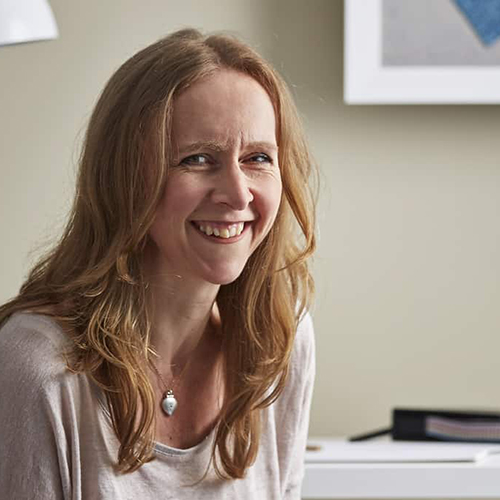Intergenerational Care
Every so often I am moved to tears by a television programme. Rather embarrassingly one such occasion was back in 2001 watching “Walking with Dinosaurs” where the female Tyrannosaurus abandons its baby, but then I was heavily pregnant at the time. No, what recently had me covered in goose bumps was Channel 4’s Old People’s Home for 4 Year Olds. This two part documentary follows the story of forward thinking Bristol Care Home, St Monica Trust and their experience of inviting ten pre-schoolers from the local nursery into the retirement home to work and play with initially, ten residents. The experiment, conducted over 6 weeks monitored the impact these shared experiences would have on the health and wellbeing (physical and mental) of the residents. During the six weeks the residents were asked how they were feeling and their fitness levels were tested. The results were heart-warmingly positive.
Not all the residents were initially convinced of the benefit of this intergenerational experiment, notably 88-year-old Hamish, a retired insurance manager who openly shares his scepticism in week one. “I’m curious to find out what the children are going to learn from older people,” he stated. “One wonders what on earth the adults are going to be doing with these children. But it really isn’t possible for me to be actively engaged.” Pointing to his prosthetic leg he explains, “I’m not really able to get down on my hands and knees and play games with them. One can’t run about and play football.” Yet by the end of the experiment Hamish was on the floor with the children playing Sleeping Lions. Wonderful.
What I found most striking and refreshing about the programme was how it highlighted the loneliness of old age and how mental health is as important a consideration as physical. Through the initial assessments a third of the residents showed some sign of depression with almost all of them stating that their lives were boring. The transformational effects that younger children can have on mental health is best illustrated through the experiences of a lovely 77 year old Dutch lady called Zena. Once an avid mountain walker, Zena began to withdraw after her husband was diagnosed with dementia. Assessed as the most depressed member of the group Zena was completely uplifted by the children. In her words, “To find a child’s hand in yours is one of the most moving things that can happen to you.”
Part way through the experiment, 89 year old retired geologist David joined in.
Unable to walk any distance he was introduced to 4 year old Eva for a stroll. This adorable little girl encouraged him to walk further and as they walked he was able to share with her so much about the environment. More significantly David would have so many tales to tell of his arctic adventures.
Studies show that children become more confident and articulate from spending time with older adults. And how much can these pre-schoolers learn from people like David. Everyone benefits.
The concept of connecting generations in this way is not new. In the United States and Japan there are many examples where retirement care is being combined with nursery care through shared activities such as dance and art. One of the experts involved in the Bristol experiment, consultant geriatrician at University Hospital Birmingham, Dr Zoe Wyrko, is keen that the UK encourages more of these kinds of experiments. She explains how common intergenerationality is in the US and how older people say they feel better when there are younger people around.
The programme stayed with me for days after and made me reflect on how we care for the younger and the older generations. One of the many reviews of the documentary mirrored exactly how I felt at the time that it was “heart-breaking and soul-soaring all at once”. Increasingly so our healthcare clients are looking at how they can encourage intergenerational activities. One such client in Oxford is keen to create environments that support a wide variety of activities for their residents as well as visiting children. As designers, the need to create spaces in care homes that appeal to all age groups with flexible function is becoming ever more important.

 As well as having written for regional magazines including
As well as having written for regional magazines including